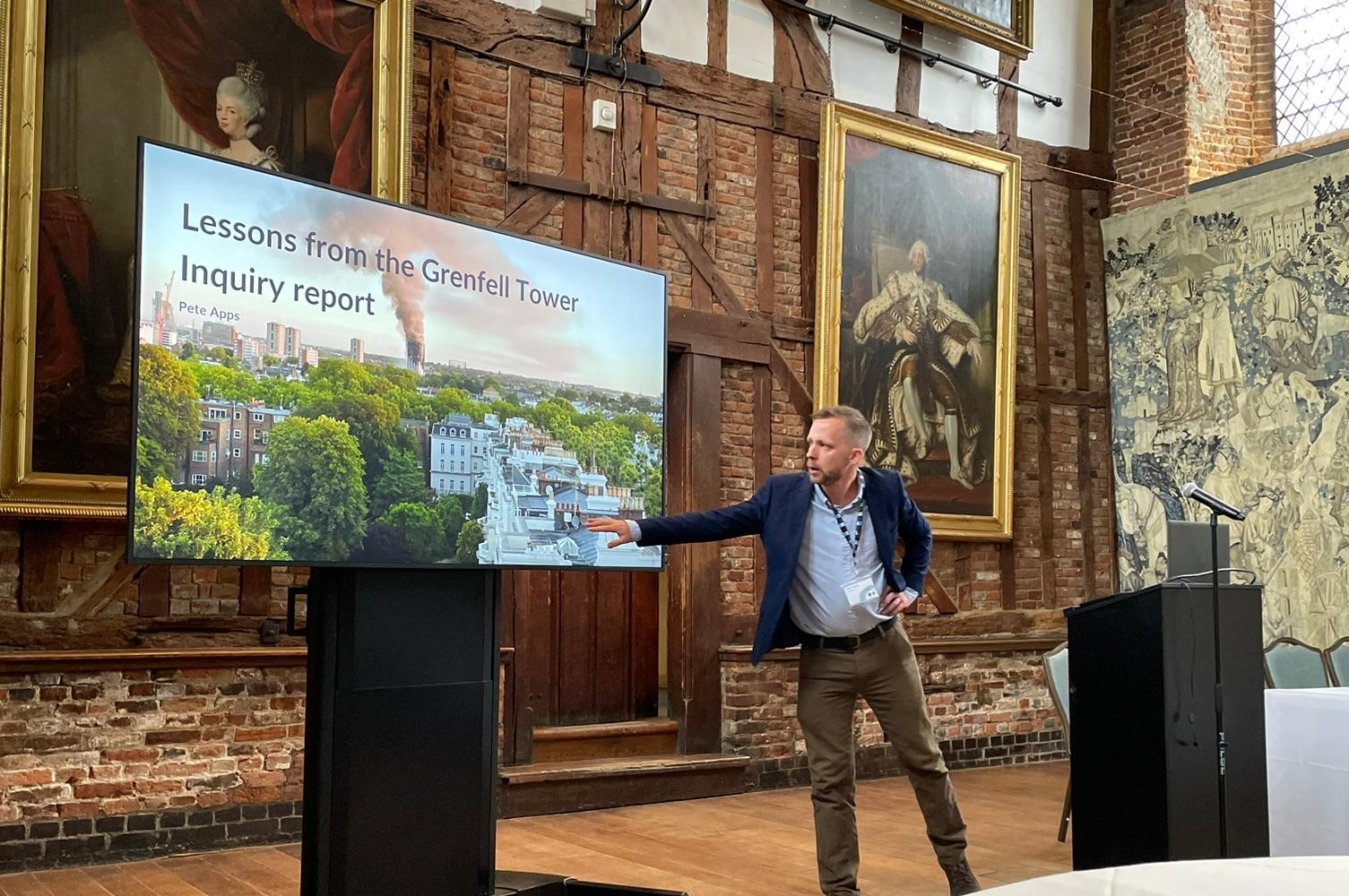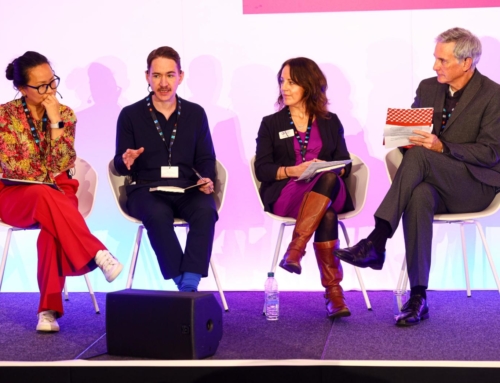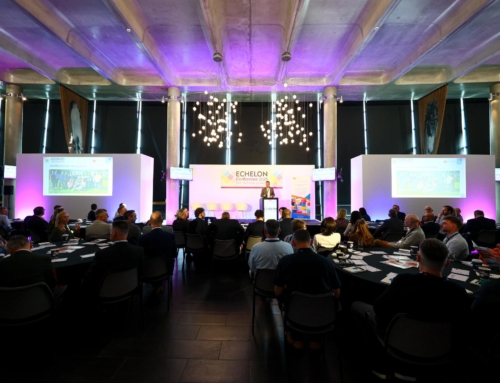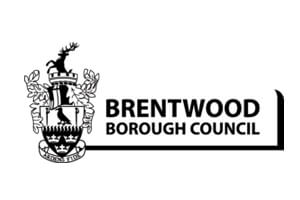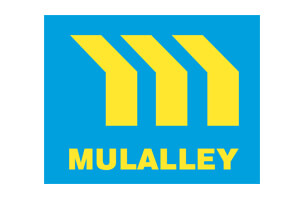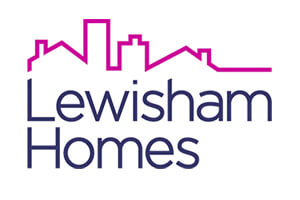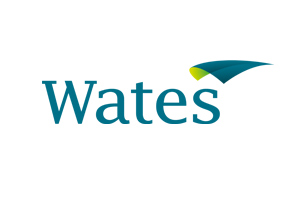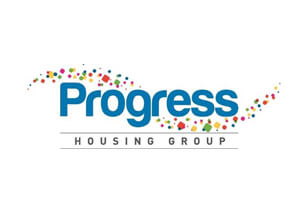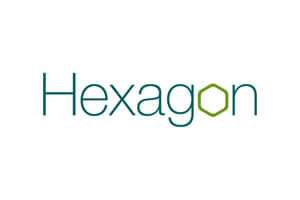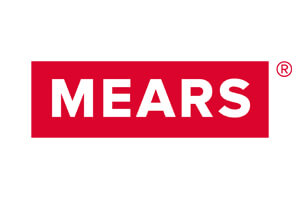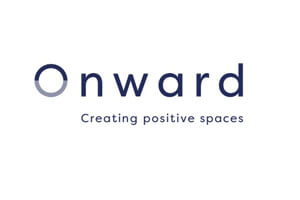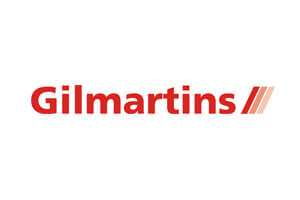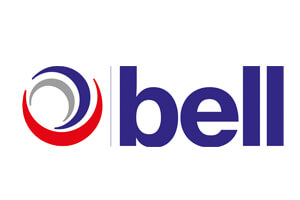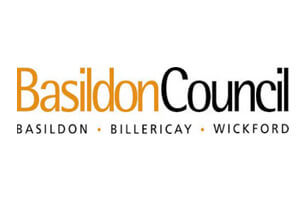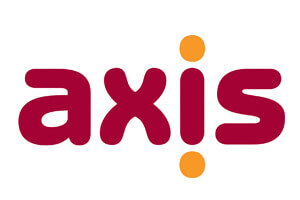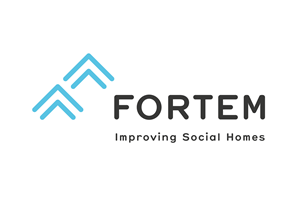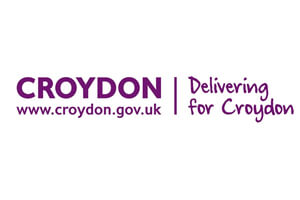Author outlines failures that led to Grenfell Tower tragedy
The Grenfell Tower tragedy, was the focus of the first session at the June AMIP event, held in the Old Palace at Hatfield House.
Peter Apps author of Show Me The Bodies: How We Let Grenfell Happen gave a sobering presentation about the events that led to the tragedy, which started with a fridge fire.
He took delegates through the evidence of both stages of the Grenfell Tower inquiry, and the decision-making processes of all of the parties involved.
The inquiry found that every single death at Grenfell was avoidable and “nobody needed to die”. It declared that there was enough knowledge of all of the failures that led to the tragedy before the event that it could have been prevented at many different stages.
Peter explained that while there were many failures, the polyethylene cladding which was fitted to the building for aesthetic reasons rather than to benefit the residents, was the primary cause of the blaze spreading.
Key findings from Grenfell Tower inquiry
He talked through the key findings from the enquiry, which included:
- Internally broken fire doors enabled the fire to spread to communal areas, leaving residents trapped.
- Stay put advice was applied incorrectly and for far too long, meaning people lost the chance to escape.
- The firefighter response was chaotic and advice to residents was poor.
All parties involved in the refurbishment of the building and installation of the cladding were criticised during the inquiry as follows, and the whole industry was attacked for lack of competence and failure to take responsibility:
- Studio E – The architects were most severely criticised for their failure to do anything to establish compliance or suitability.
- Exova – The fire engineers were severely criticised for not raising issues relating to external fire spread.
- Rydon – The main contractor was criticised for its passive approach to responsibility.
- Harley – The sub-contractor was criticsed for ignorance and complacency
Phase two of the inquiry highlighted that safety risks around the product were well-known and ignored, finding:
- Arconic “deliberately and dishonestly” misled the market
- Celotex “embarked on a dishonest scheme to mislead its customers and the wider market”
- Kingspan practised “deeply entrenched and persistent dishonesty in pursuit of commercial gain”
- BRE, BBA and LABC had “an ingrained willingness to accommodate customers instead of insisting on high standards”
- The government was “complacent” and “well-aware of the risks
Piecemeal change
Peter went on to talk about the changes that have been implemented since the blaze in 2017 and said that while he understands the frustrations around the new Gateway process, Building Safety Regulator and some of the new requirements, “there’s a reason why the Gateway process has been imposed, why a new regulator has been introduced, why huge new legislation had come into the sector, and it is because of this story and what happened at Grenfell Tower and to the people that lived in it.”
But while change is taking place, it is piecemeal. There are still over 10,000 buildings with dangerous facades, that are too unsafe to support a stay put strategy and trying to fix those buildings at the current rate of progress would take more than 100 years, he said.
Peter explained that eight years down the line “we still don’t really have any idea how to quickly and safely evacuate a high-rise building if there is a mass loss of compartmentation”.
“We have to ask different questions. We need to talk about sprinklers, evacuation methods, grading risk and having a more sensible understanding of the buildings we are dealing with,” he said. “I still feel like it is a process driven by insurers and mortgage lenders more than actual questions about safety. It’s crippling the social housing sector financial, causing people problems when it comes to selling their flats, and I don’t think we’re doing that much to make buildings safer.”
Justice remains elusive
He finished his presentation with the stark reminder that despite the inquiries into the blaze, and the instances of dishonesty and greed that have been unveiled, justice remains elusive and there hasn’t been a single criminal conviction in relation to the tragedy.
“Through all of these phases, in my opinion, there are a lot of people who have crossed the threshold of criminal wrongdoing,” he said. “They may at some point be held to account, but this won’t start until the middle of 2027 at the earliest.”
You can read the full report of the event, which focused on building and fire safety, and featured presentations from a range of industry speakers here.
